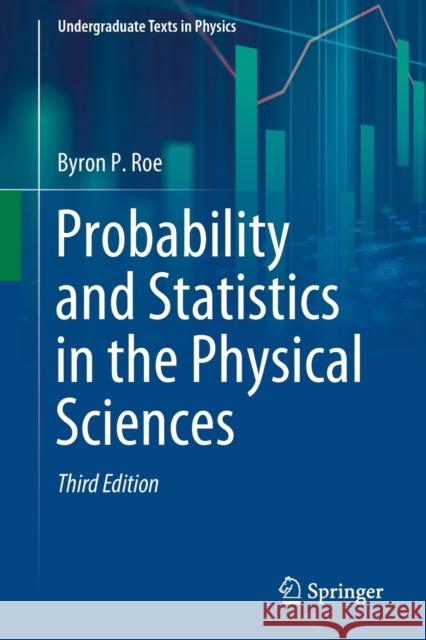Probability and Statistics in the Physical Sciences » książka
topmenu
Probability and Statistics in the Physical Sciences
ISBN-13: 9783030536930 / Angielski / Miękka / 2020 / 285 str.
Kategorie BISAC:
Wydawca:
Springer
Seria wydawnicza:
Język:
Angielski
ISBN-13:
9783030536930
Rok wydania:
2020
Wydanie:
2020
Numer serii:
000826172
Ilość stron:
285
Waga:
0.42 kg
Wymiary:
23.39 x 15.6 x 1.6
Oprawa:
Miękka
Wolumenów:
01
Dodatkowe informacje:
Wydanie ilustrowane











